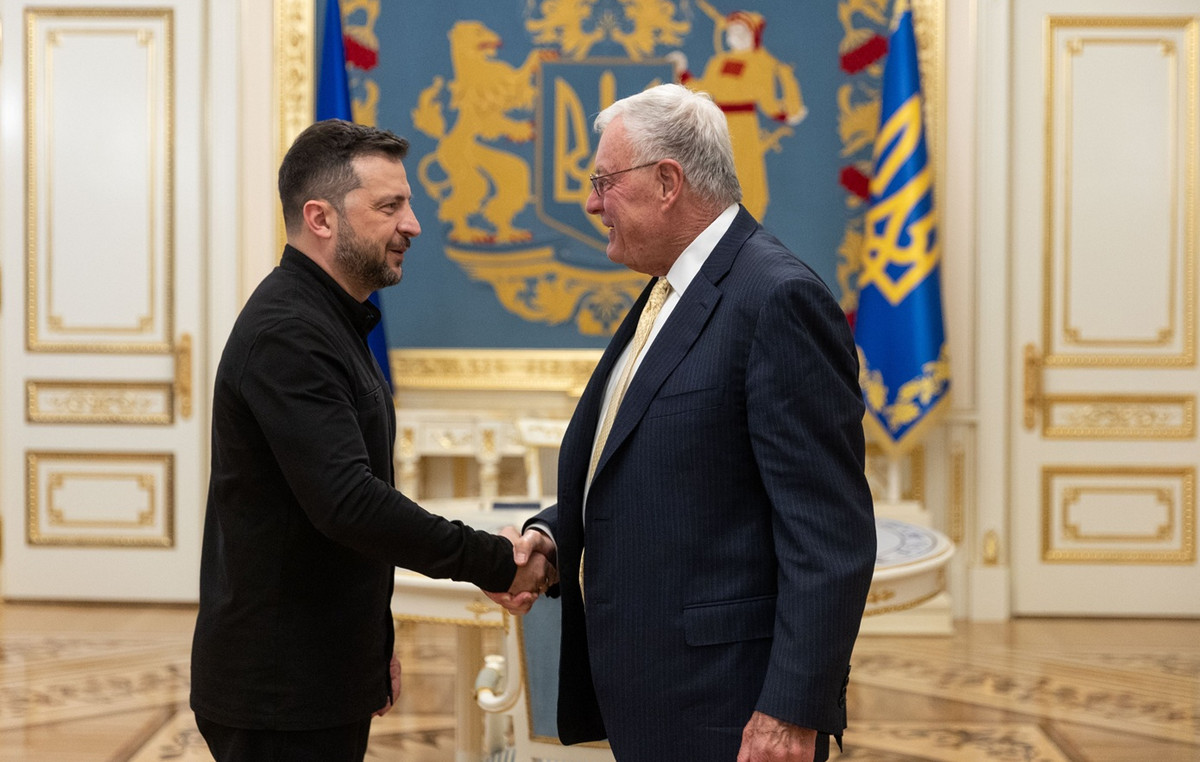Here we are in September, archive the holidays and ready for the “Back to School”. And, for some years, the boys have returned to school with a new and incredibly revolutionary “study companion”: artificial intelligence.
But September is also the month of good intentions. And an excellent purpose would be to stop wasting time with the useless dilemma “Ai in the school yes or not?”, To focus on the right questions, like: “Ai why?”, “To do what?” And above all, “how?”.
Finding an answer to these questions must be the priority of anyone who operates in an educational context, above all because the youngest have opened the doors to the AI immediately, without hesitation.
Recent Google research on 7000 European teenagers has shown that two thirds of them already uses tools to study at least once a week, a quarter does it daily.
The boys, however, too often use their new “homework companion” without filters, without guides, without the indispensable critical compass, risking to transform the Ai into a deceptive companion who, like the cat and fox of Pinocchio, promises easy shortcuts – ready -made tasks, pre -packaged summaries, zero effort – but no learning.
The school can no longer be limited to content. Today, more than ever, it is time to change mindset and paradigm to help children develop the indispensable key skills to move in the present: critical thinking, problem solving, collaboration, arrangement at Lifelong Learning. The school must be the “active” place where you really learn. And learning means so acquiring knowledge, but above all knowing how to use them.
The big players Tech are doing their part to make learning through the use of the most engaging, effective and personal AI.
Google, for example, has integrated in the Gemini the system of functionality for learning Learnlm focusing on Visual learningand is expanding his proposal for school tools also with guided learning, a sort of “didactic navigator” that Maureen Heymans, Vice President Engineering for learning, describes as “a personalized tool for each student, a tutor Ai who stimulates questions and trains to reasoning”.
Google is not only in the AI challenge for education. Everyone is looking for their own entry key into the world of school, with different approaches, but a common goal: transforming the AI Da da shortcut chore-compliance with learning gym.
Openii, with Chatgpt Study Mode, has focused on active learning, transforming the chat into a study coach who combines summaries, quizzes and flashcard, stimulates connections and offers targeted feedback. Anthropic, on the other hand, has chosen the Socratic approach for his Claude Learning Modes: not immediate answers, but questions that force to reason, connections and paths that adapt to the rhythm of each.
The tools alone, however, are not enough: the real game Changers are the teachers. The school must form citizens ready to the future, and the future already passes through the AI. Ignoring it would be damage to children and an own goal for professors, who cannot give up an ally capable of helping them to do better and save precious time, freeing them from repetitive activities, personalizing the paths and making the contents more accessible and inclusive.
In Italy there are already teachers who have started to use the AI in class and tell the benefits: they do not stop at the final response, but evaluate the path that led the students to build it, the questions asked, the strategies adopted to check the information. It is an approach that works and that is hoped can spread more and more.
The new ministerial guidelines go precisely in this direction: to develop skills for students for a conscious and critical use of AI, and focus on teachers’ training as a central lever to make it really part of the teaching. A path that moves in line with European Acts, with a precise goal: do not undergo innovation, but to govern it.
The real game, however, is played every day in the classroom. It is there that the single teacher, with his work, can change the life of the students in front of him. Everyone has the power – and the responsibility – of a choice. And the choice is not “to the yes or no”, but decide whether to remain linked to obsolete tools and methodologies that no longer speak the language of the boys, or take a decisive step in the present.
Source: Vanity Fair
I’m Susan Karen, a professional writer and editor at World Stock Market. I specialize in Entertainment news, writing stories that keep readers informed on all the latest developments in the industry. With over five years of experience in creating engaging content and copywriting for various media outlets, I have grown to become an invaluable asset to any team.







